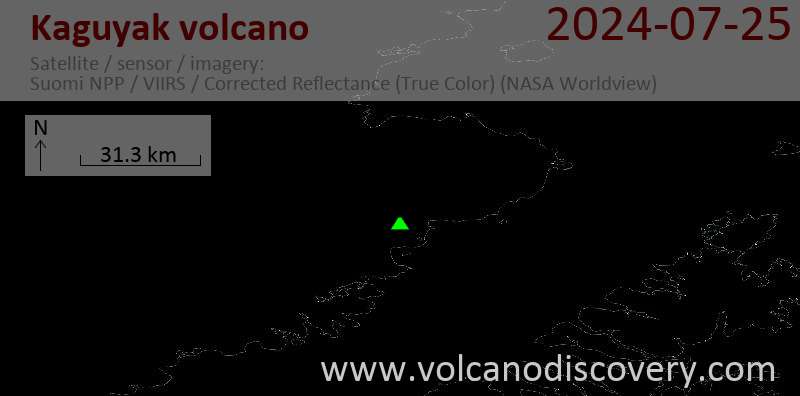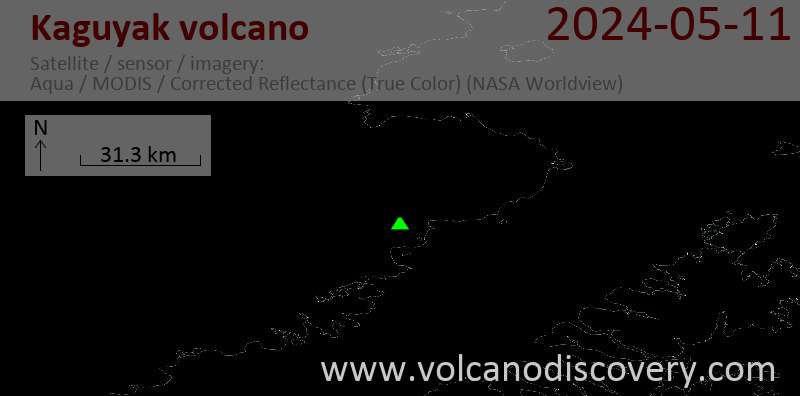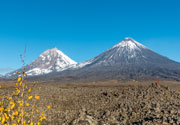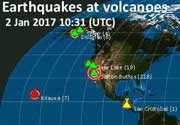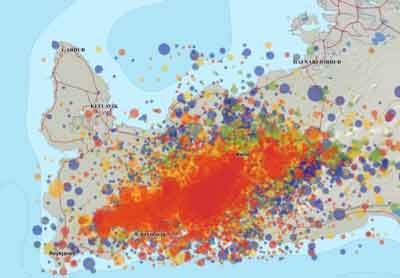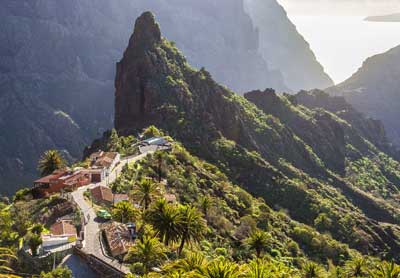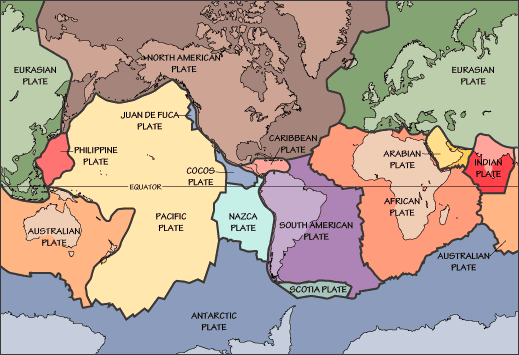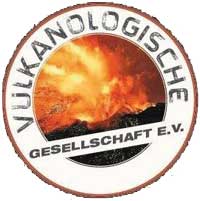Kaguyak Volcano
Updated: 25 apr. 2024 08:25 GMT -
Lava domes 901 m / 2,956 ft
United States, Alaska Peninsula, 58.61°N / -154.03°W
Current status: normal or dormant (1 out of 5)
United States, Alaska Peninsula, 58.61°N / -154.03°W
Current status: normal or dormant (1 out of 5)
[smaller] [larger]
Eruzioni del vulcano Kaguyak: 3850 BC (?)
Latest nearby earthquakes
| Data / ora | Mag. / Prof. | Distanza / Ubicazione | |||
| 24 apr 05:48 (Anchorage) | 1.2 3.6 km | Info | |||
| martedì, 23 aprile 2024 GMT (1 sismo) | |||||
| 22 apr 23:44 (Anchorage) | 2.3 70 km | 17 km a sud | Info | ||
| domenica, 21 aprile 2024 GMT (1 sismo) | |||||
| 21 apr 04:29 (Anchorage) | 1.4 89 km | 14 km a ovest | Info | ||
| martedì, 16 aprile 2024 GMT (1 sismo) | |||||
| 16 apr 04:20 (Anchorage) | 1.7 95 km | 9.9 km a est | Info | ||
| domenica, 14 aprile 2024 GMT (1 sismo) | |||||
| 14 apr 13:18 (Anchorage) | 1.7 89 km | 12 km a sud-est | Info | ||
Background
The small, but spectacular 2.5-km-wide Kaguyak caldera in the NE part of Katmai National Park is filled by a >180-m-deep lake whose surface lies more than 550 m below the caldera rim. Kaguyak volcano is only 901 m high, but rises directly from lowland areas near sea level south of the Big River. Initially considered to be a typical stratovolcano truncated by a caldera, the pre-caldera edifice has been shown to consist of nine continuguous late-Pleistocene lava dome clusters, most of which lie east of the present caldera. A large post-caldera lava dome extends into the lake on the SW side and another dome forms a small island in the center of the lake. The youthful caldera is unglaciated, and distal tephras from the caldera-forming eruption have been radiocarbon dated at about 5800 years before present. Voluminous dacitic pyroclastic-flow deposits surround the caldera and reached Shelikof Strait to the SE.---
Smithsonian / GVP volcano information





